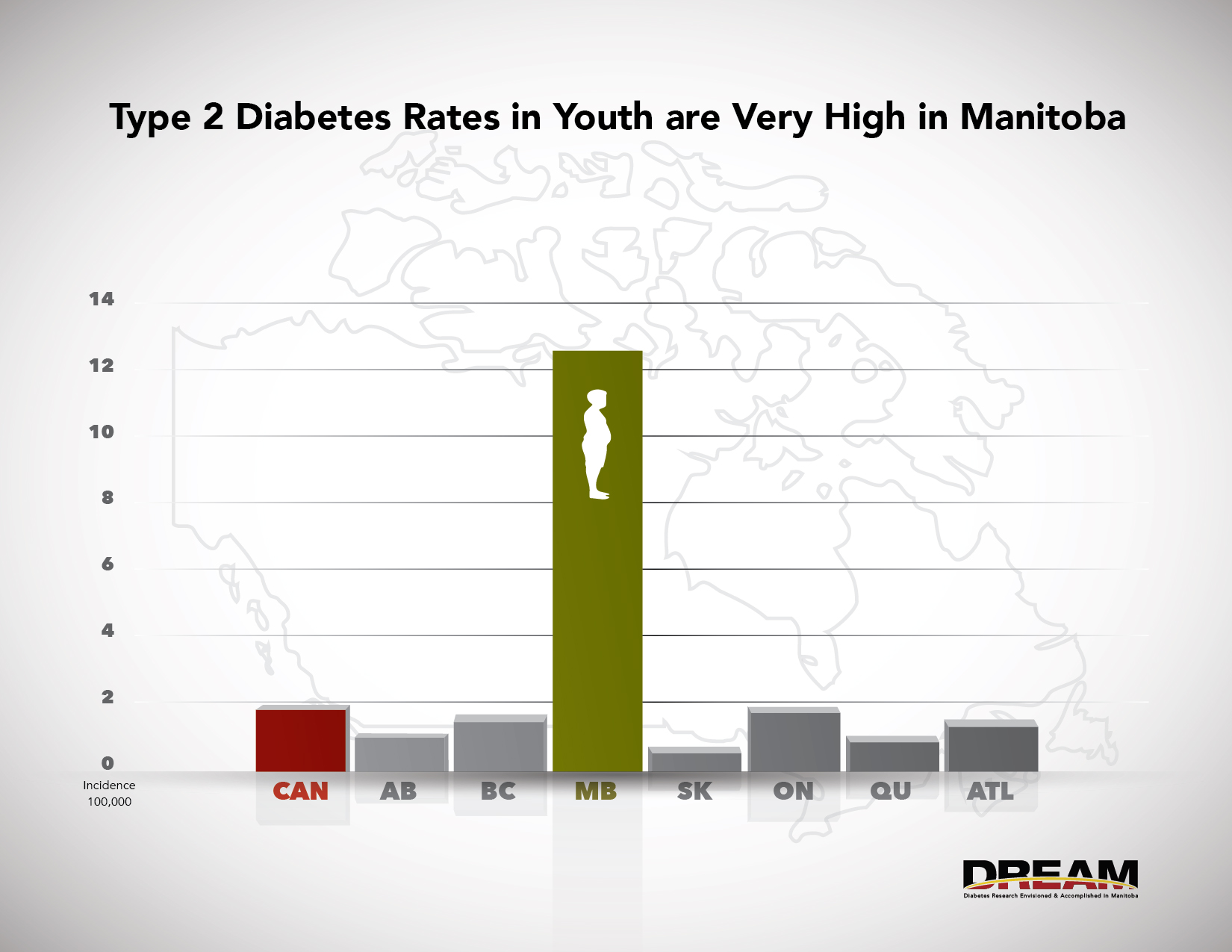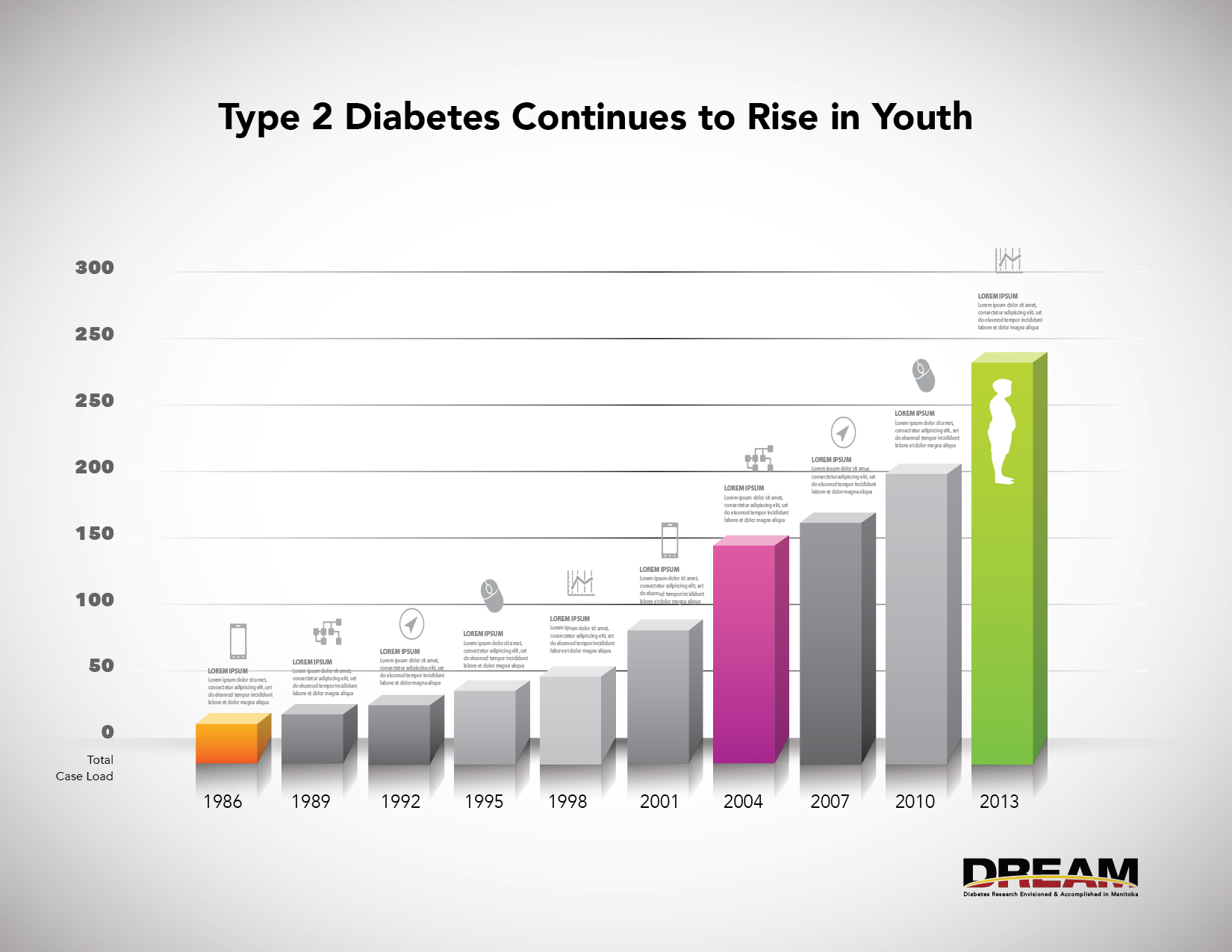
Our Team
Our History
DREAM was founded in 2011 under the leadership of Dr. Jonathan McGavock and Dr. Grant Hatch as the 2nd research theme of the Children’s Hospital Research Institute of Manitoba.
The vision was a translational research team, focused on improving knowledge about youth onset type 2 diabetes from the laboratory into the clinic, and community and back. Our team has focused on understanding risk from conception to young adulthood.
The team has since grown, with expanded expertise in type 1 diabetes, and diabetes in pregnancy, as well as a broader expertise in metabolism and epigenetics.
The History of DREAM
The DREAM theme emerged from the vision of the inaugural director of CHRIM (at that time MICH), Dr. Malcolm Ogborn. The research institute had a very successful theme focused on the Biology of Breathing (BoB) led by Dr. Andrew Halayko. The board wanted to build on this success and create a research theme focused on obesity and type 2 diabetes in youth. At the time, Dr Heather Dean and Dr Elizabeth Sellers were performing clinical research on the large patient population of children with type 2 diabetes that were being seen at the Children’s Hospital. Several key observations made by these pioneering clinician scientists paved the way for the primary research questions that would guide the theme.


These included:
1. The observation that rates of type 2 diabetes in children were ~12-folder higher in Manitoba than other provinces.
2. Children with type 2 diabetes went on to develop serious complications early in adulthood including amputations, kidney disease and premature death.
3. Youth with type 2 diabetes were commonly exposed to diabetes throughout their entire fetal development.
After months of consultations with key individuals and several team meetings, a meeting took place at Dr. Heather Dean’s farm to determine the core pillars of research for the theme. The clinicians felt that the theme should be patient oriented and focus on questions that would be relevant to the patients and families suffering from type 2 diabetes in Manitoba:
-
Why do we (my child) develop kidney disease and other complications so quickly after being diagnosed with type 2 diabetes?
-
Why are we developing type 2 diabetes at a younger age with each new generation?
-
What can we do to prevent my grand children from developing type 2 diabetes?
At the same time, Dr. Allison Dart submitted a proposed name for the team: Diabetes Research Envisioned and Accomplished in Manitoba (DREAM) and with the financial support of the Children’s Hospital Foundation of Manitoba, a new theme was born.
Since our inception in 2012, the team has secured over $22 million in external funding, published over 200 scientific articles, including a special series on type 2 diabetes and secured three large team grants to expand our work. Importantly, we are leading the way in Patient-Oriented Research with involvement in 2 SPOR Networks (CanSOLVE Network and Diabetes Action Canada), 3 active patient advisory groups, and an Indigenous steering council, called the DREAM Steering Circle. The discoveries made to date have helped improve care and our understanding of the inheritance of type 2 diabetes and its complications.
